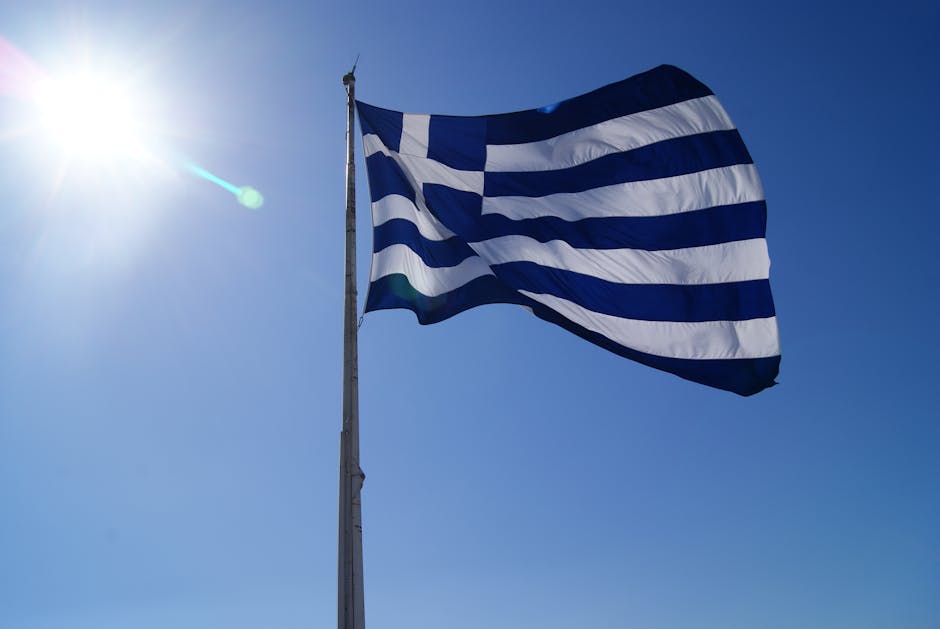The Greece was voted as the most beautiful country in the world for 2016, of the thousands of readers of the famous travel magazine Condé Nast Traveler, in the context of the annual Tourism Awards conferred, with headquarters in New York!
"Greece continues to captivate your imagination enthusiasm in all areas," he writes in the Awards preface for Best Country World 2016 magazine, praising our country, which although in artificial largely Crisis, continues to radiate, to shine, to dazzle, to attract and inspire millions of people and dreams in all the earth!
"Greece continues to captivate your imagination enthusiasm in all areas," he writes in the Awards preface for Best Country World 2016 magazine, praising our country, which although in artificial largely Crisis, continues to radiate, to shine, to dazzle, to attract and inspire millions of people and dreams in all the earth!
The top 20 ranking positions:
 1. Greece
1. Greece2. Italy
3. US
4. South Africa
5. France
6. Spain
7. India
8. Australia
9. Thailand
10. Mexico
11. New Zealand
12. Portugal
13. Canada
14. Argentina
15. Sri Lanka
16. Morocco
17. Indonesia
18. Ireland
19. Japan
20. Vietnam
source : in Greece









